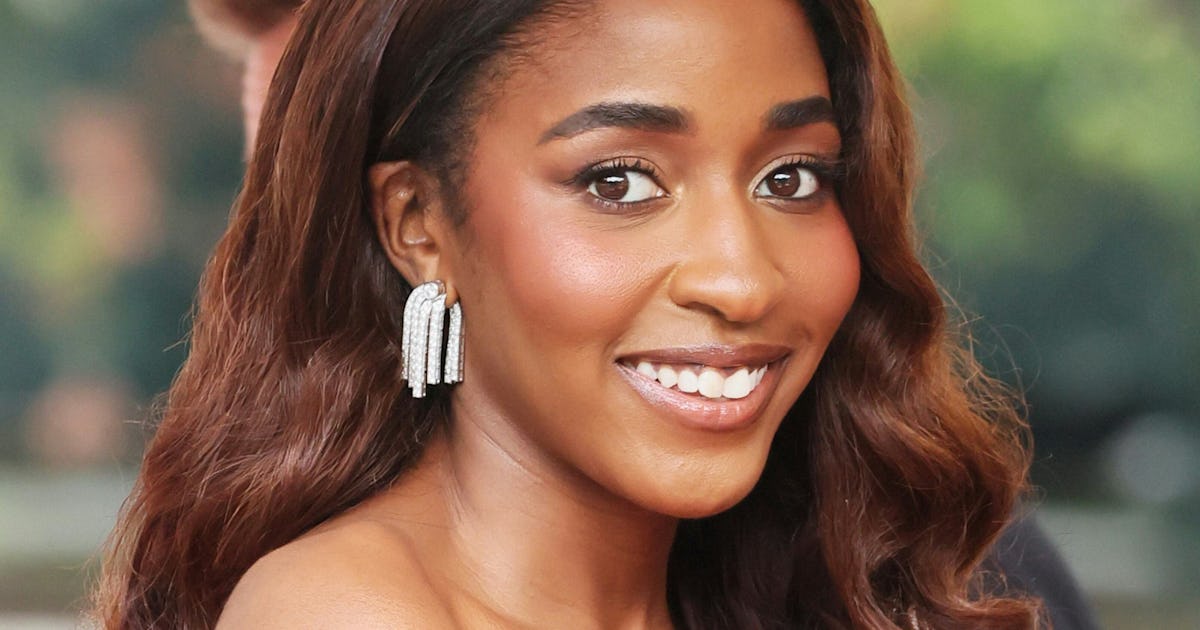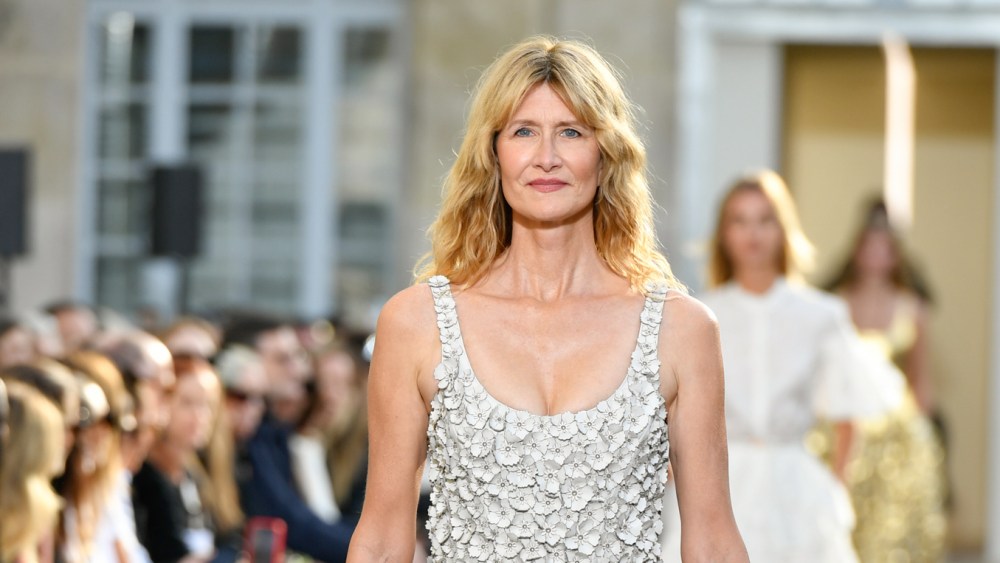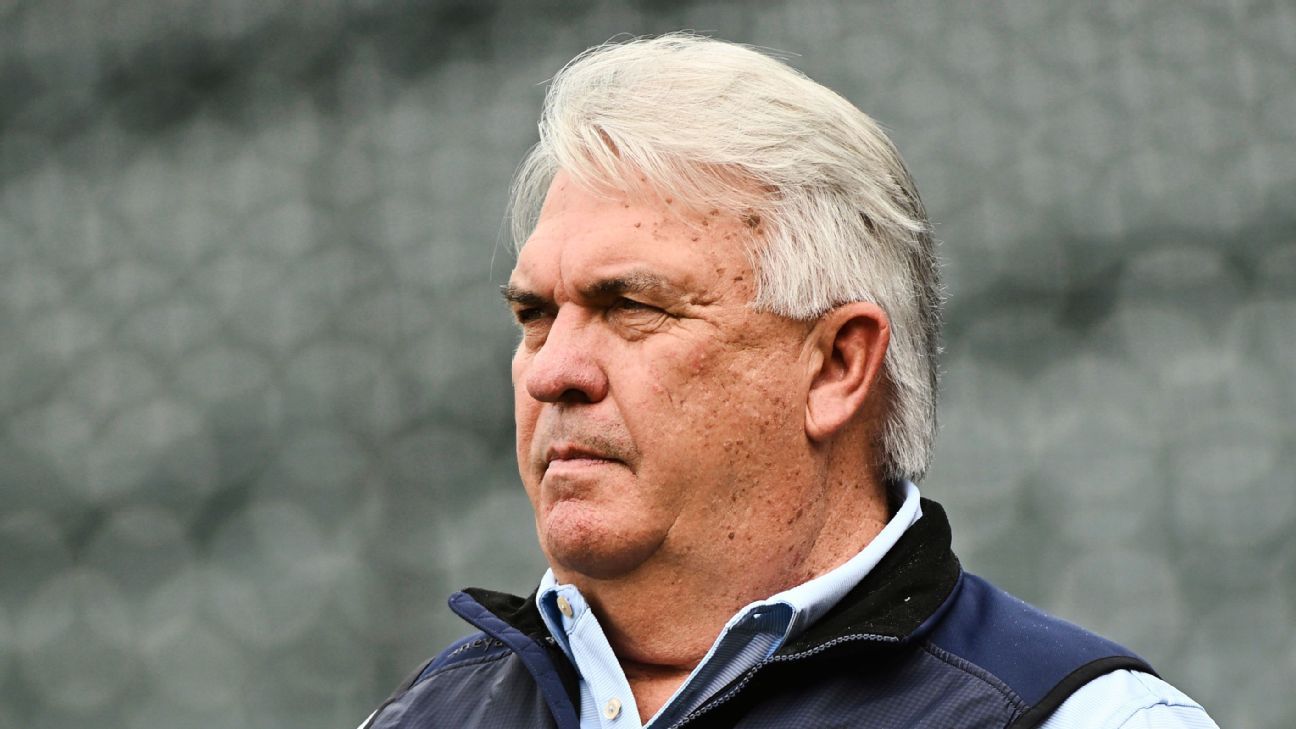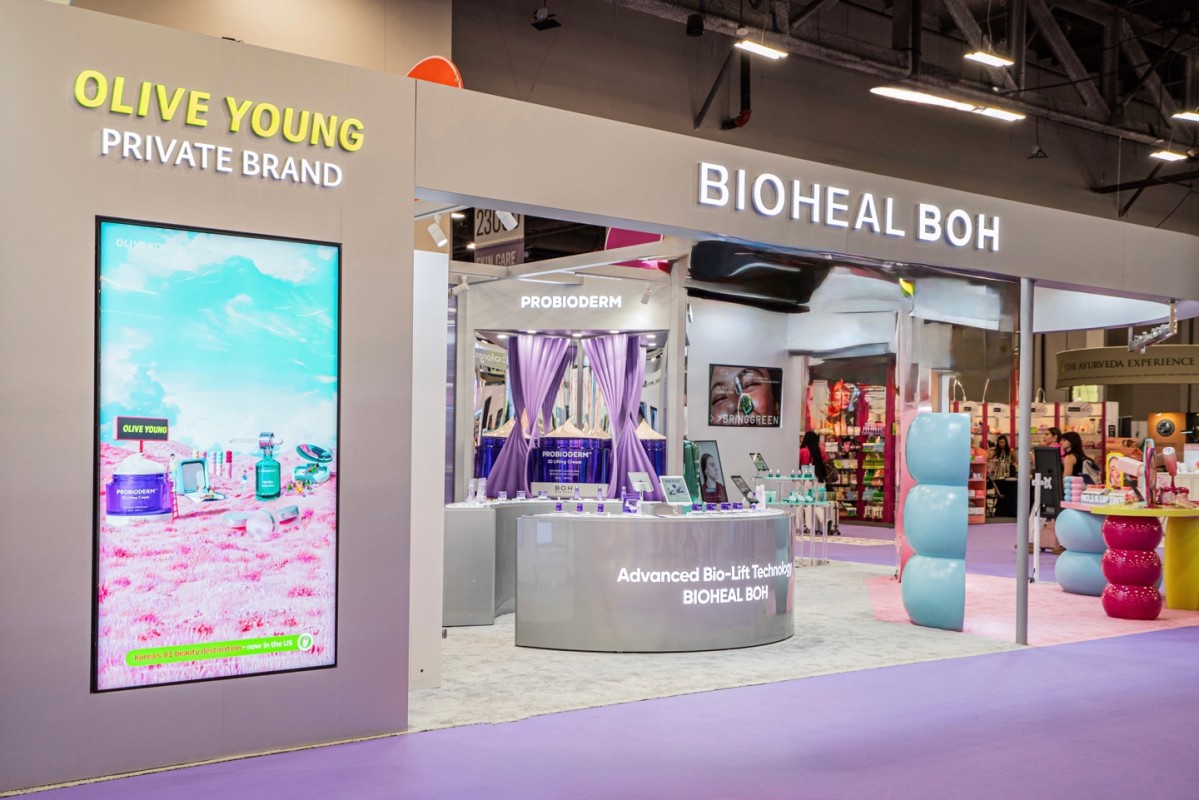
About a decade ago, K-beauty was finding its footing in the U.S. market with the help of now-beloved brands like Dr. Jart+, Sulwhasoo, Laneige, Innisfree and CosRX. Now, despite soaring tariffs and the death of the de minimis exemption, a new wave of K-beauty brands is heading stateside to court U.S. consumers.
Sephora and Ulta have welcomed an influx of K-beauty brands looking to expand their reach in the U.S. market this year. Beauty of Joseon, best known for its fan-favorite Relief Sun SPF, joined Sephora this summer, marking its first official U.S. retail partnership. Torriden, Hanyul and Biodance also entered Sephora this year, both online and in select stores nationwide.
In July, Ulta onboarded eight brands stocked at K-Beauty World, a retail platform dedicated to encouraging K-beauty brand discovery within the U.S. Ulta also opened its doors to Korean staples like high-performance skin-care brand VT-Cosmetics, makeup brand Fwee (which recently opened a U.S. flagship in SoHo) and TikTok-beloved beauty label Tirtir.
This renewed K-beauty expansion into the U.S. was especially prominent at this year’s Cosmoprof Las Vegas, an annual beauty trade event. For three days in Las Vegas’ triple-digit July temperatures, the Mandalay Bay Convention Center transformed into a sprawling playground of beauty brands looking to network with media, buyers, manufacturers and influencers. With color-coded categories, country-specific pavilions and goodie bags galore, it’s (business) Disney World for the beauty industry.
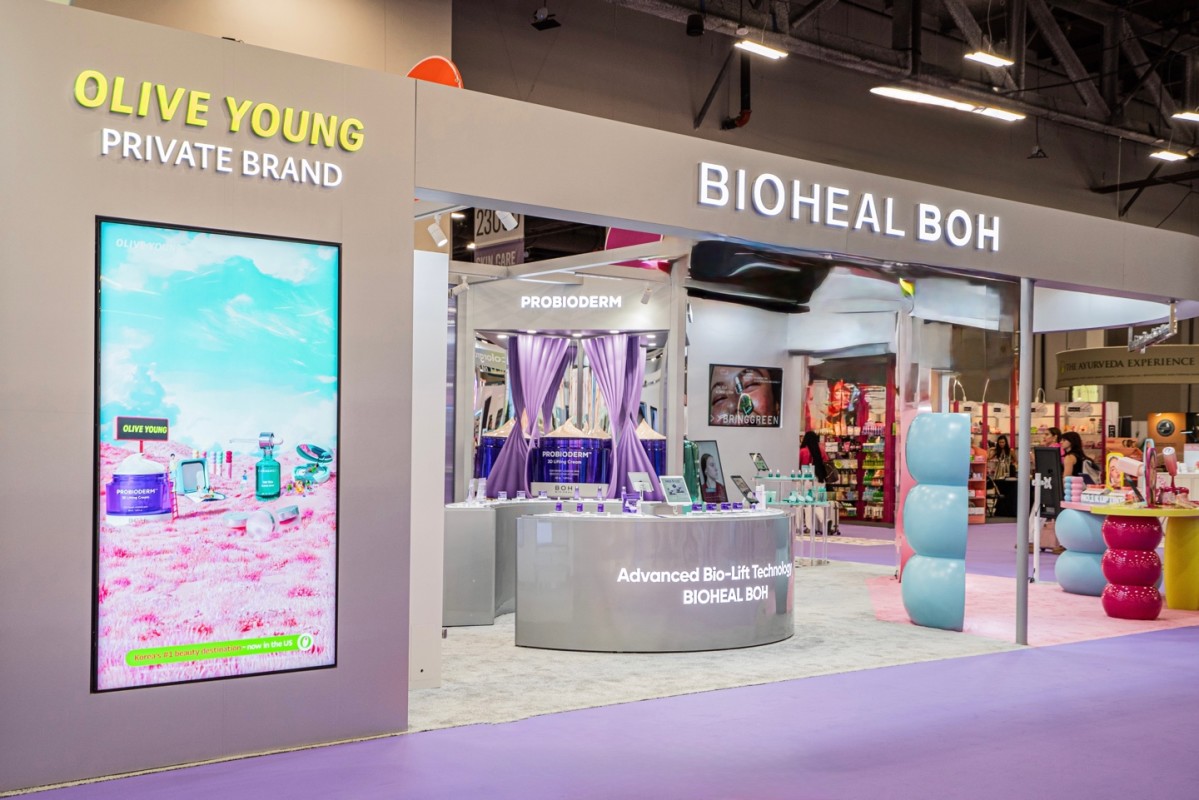
Photo: Courtesy of Olive Young
Its South Korea pavilion featured top-performing favorites like Tirtir, Mixsoon, Dermanique, Healmize, Dr. Bio, House of B and more. South Korean retailer Olive Young, which stocks nearly every major Korean beauty brand, had quite the presence at Cosmoprof, with a major display spotlighting its private label brands Bioheal BOH, Bringgreen and Colorgram.
“We saw tremendous excitement for K-beauty and felt warmly welcomed by the U.S. industry,” Rena Kim, Olive Young’s senior manager of communications, told Fashionista over email regarding the retailer’s experience at the event. “[…] Cosmoprof confirmed both the demand for and the responsibility of bringing K-beauty closer to U.S. consumers.”
Cosmoprof’s physical manifestation of the post-pandemic K-beauty boom sent a clear message to exhibitors and attendees alike: K-beauty is just getting started in the U.S.
However, this coincides with an era of global macroeconomic uncertainty, further flamed by the Trump administration’s tariff threats. Back in April, Trump announced a universal tariff of 10%, and later moved to implement harsher percentages on countries like China, Mexico, India, Brazil, South Africa, Vietnam, Japan and South Korea. In July, the U.S. and South Korea reached a trade deal setting South Korea’s country-specific tariff to 15%, with further details yet to be finalized. The Trump administration also squashed the de minimis exemption, which previously allowed packages valued under $800 to enter the country without import taxes.
These additional barriers (and logistical headaches) aren’t stopping K-beauty brands, though. Sarah Chung Park, founder of K-Beauty World, spent nearly a decade helping individual Korean brands establish footholds in U.S. retail, and decided to create a unified platform to streamline K-beauty brand discovery. K-Beauty World specifically launched at Ulta thanks to the beauty retailer’s “nationwide reach, commitment to inclusivity and belief in category innovation,” making it the ideal retail partner for its first eight brands: Mixsoon, Sungboon Editor, I’m From, Chasin’ Rabbits, Some By Mi, Neogen, Rom&nd and Unleashia.
Photo: Courtesy of K-Beauty World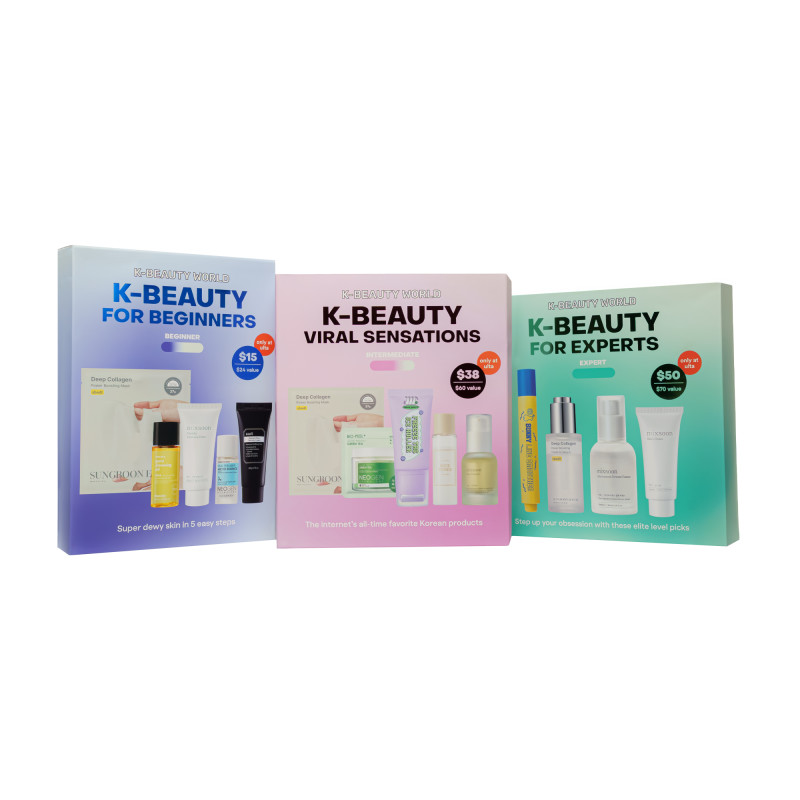
“Our goal is to continue curating innovative, high-quality Korean beauty brands that resonate with U.S. consumers and meet Ulta’s high standards,” Park told Fashionista over email. “We’re already in conversations with additional partners in Korea and exploring new categories that will bring even more diversity and excitement to Ulta’s shelves in the coming seasons.”
Since launching in 1999, Olive Young has become South Korea’s leading beauty and wellness retailer. It’s now expanding to the U.S. with its first-ever American brick-and-mortar store set to open in Los Angeles next year. But Olive Young isn’t starting from scratch when it comes to reaching U.S. shoppers: “With more than half of our global e-commerce sales already coming from the U.S., we know American consumers well and are ready to localize our offerings to co-create the next retail experience with them,” Rena Kim shared. Olive Young also plans to introduce Skin Scan — its free, in-store personalized skin analysis — to U.S. consumers.
Tirtir, a K-beauty brand widely known for its viral cushion foundation, cited Ulta’s omnichannel strategy as one of its reasons for partnering with the retailer to aid in its continued expansion into the U.S. By securing brand gondolas in more than 400 Ulta stores’ prestige zones, Tirtir is enhancing its brand awareness and accessibility. Beyond its TikTok virality, the beauty brand consciously tailors its marketing strategy and localizes its messaging to reflect American consumers’ cultural characteristics.
“One of our hero products, the Mask Fit Red Cushion, was developed with 40 shades, a direct response to the diverse feedback from our overseas customers,” said Lyla Kim, head of global marketing communications in Tirtir Inc.’s global marketing division. “Had we focused solely on the Korean market, such an innovative product would not have come to life.”
Photo: Courtesy of Torriden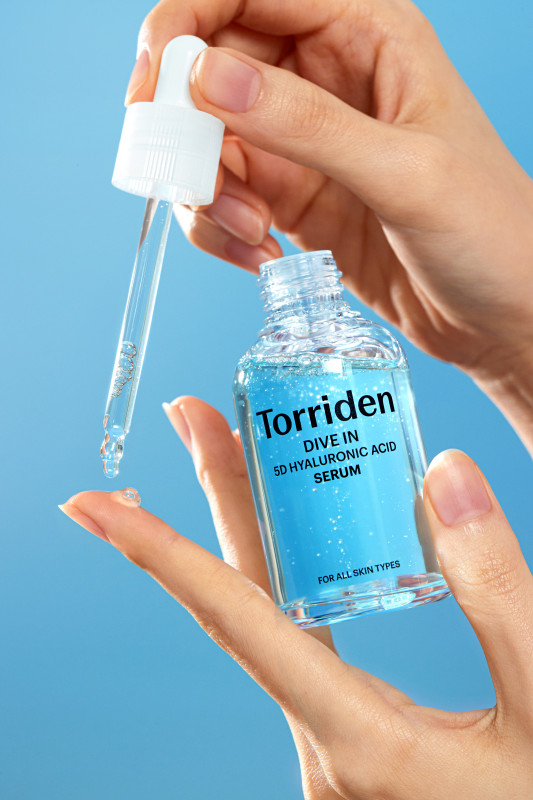
Torriden expanded the U.S. reach of its hydrating, 5D molecular skin-care formulas by partnering with Sephora, a decision fueled by the beauty retailer’s “unmatched visibility, consumer trust and an environment where innovation and quality are celebrated,” according to the K-beauty brand. To cater to American shoppers, Torriden collaborates with local creators and curates its messaging accordingly.
“For the U.S. market, we create content that reflects local sensibilities and cultural nuances, rather than simply translating our domestic campaigns,” said the head of Torriden’s overseas business team. “Our goal is to connect with U.S. consumers on an emotional and aspirational level, while still highlighting the proven efficacy of our products.”
Despite the Trump administration’s trade policies contributing to price increases across industries, Korean beauty brands aren’t deterred. Powered by its TikTok virality, accessible price points and strong efficacy, Park noted, K-beauty is here to stay in the U.S.
“In these uncertain times, when many are feeling the weight of rising costs, American consumers deserve K-beauty that’s innovative, reliable and still affordable,” Rena Kim said. “For us, K-beauty is not only about Korea — it’s about helping everyone find comfort, confidence and joy in their own beauty and wellness journey.”
Please note: Occasionally, we use affiliate links on our site. This in no way affects our editorial decision-making.
Fashionista’s audience includes 1 million site visitors, 110,000 newsletter subscribers and 4.74 million social media followers. Want to know how to reach them? Learn more.
#KBeauty #Brands #Expanding #U.S #Tariffs

